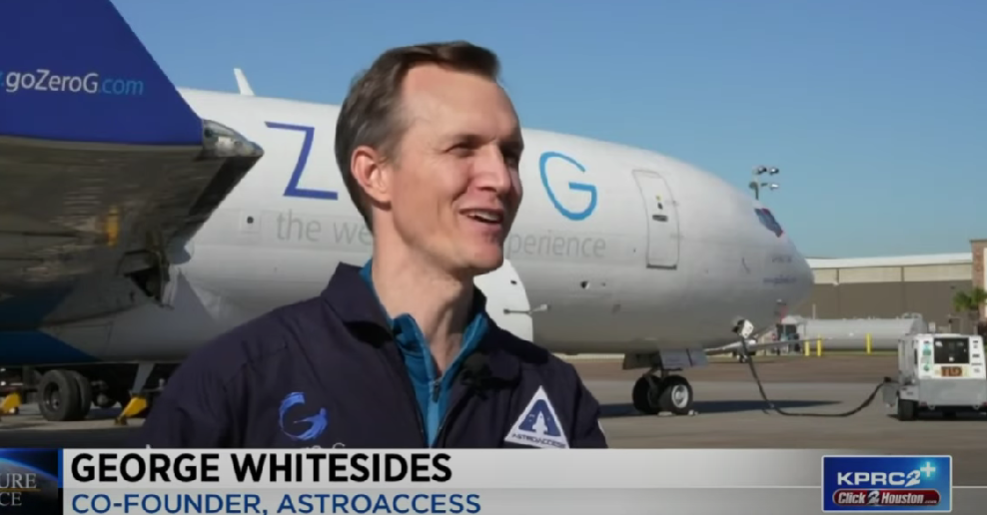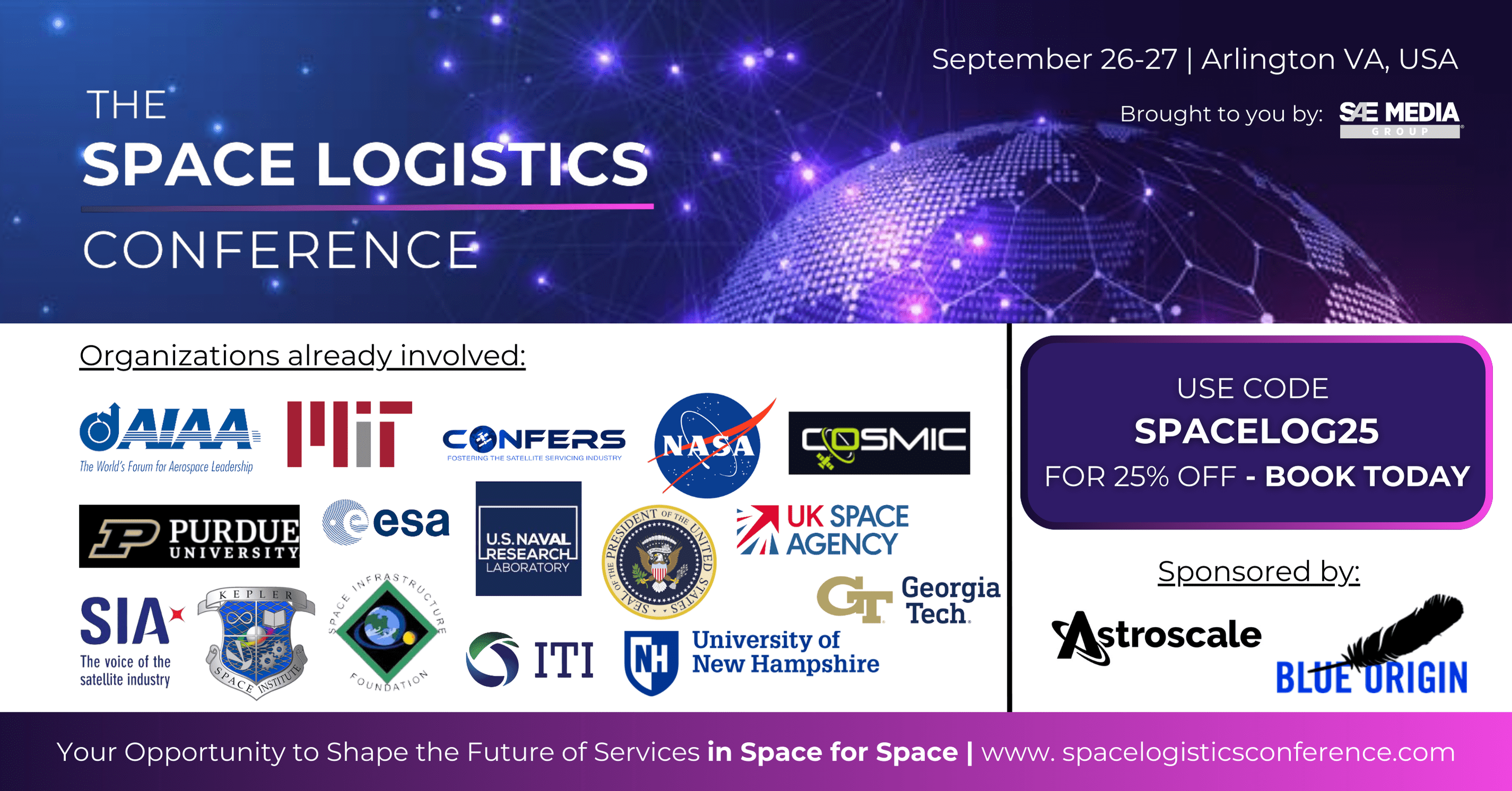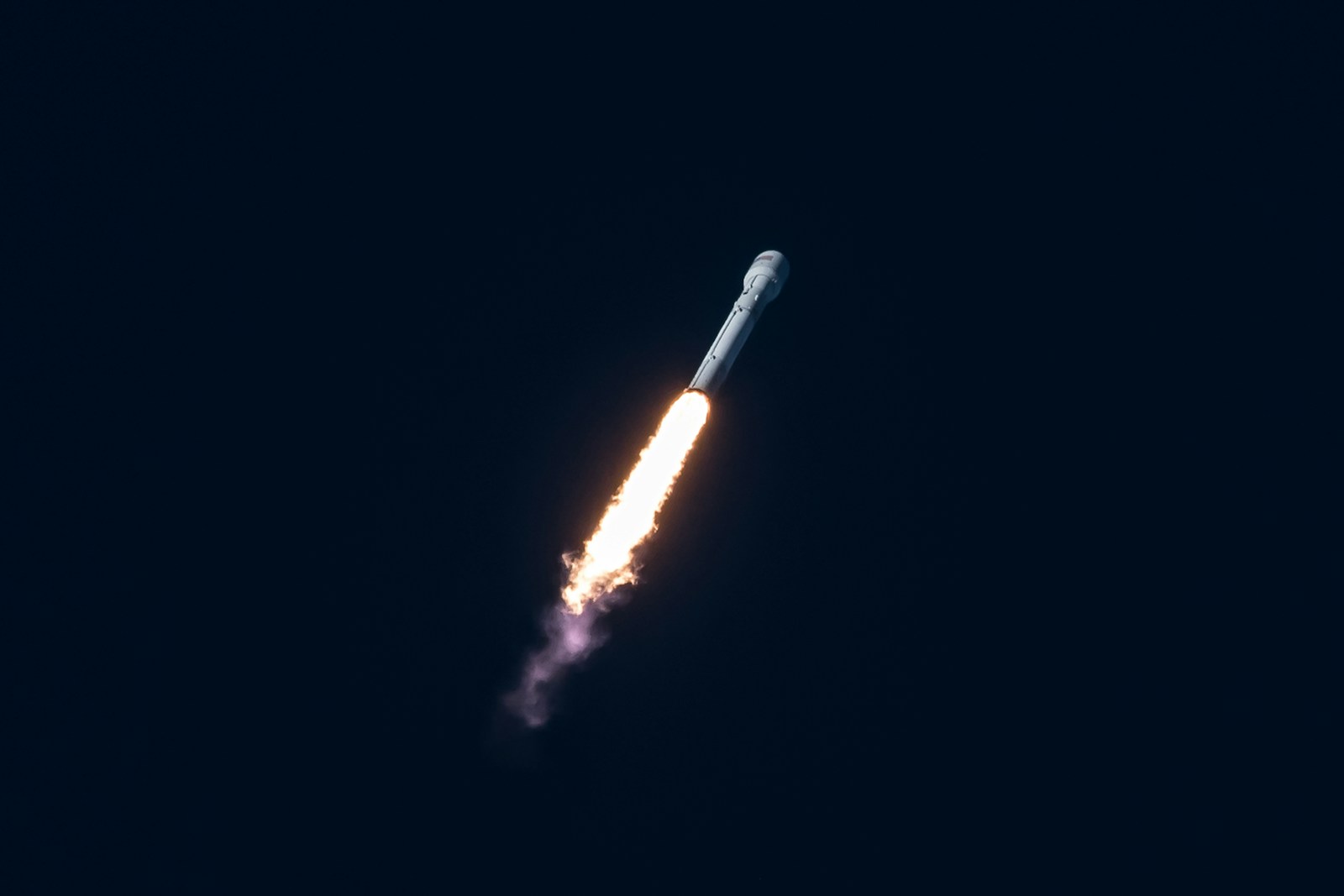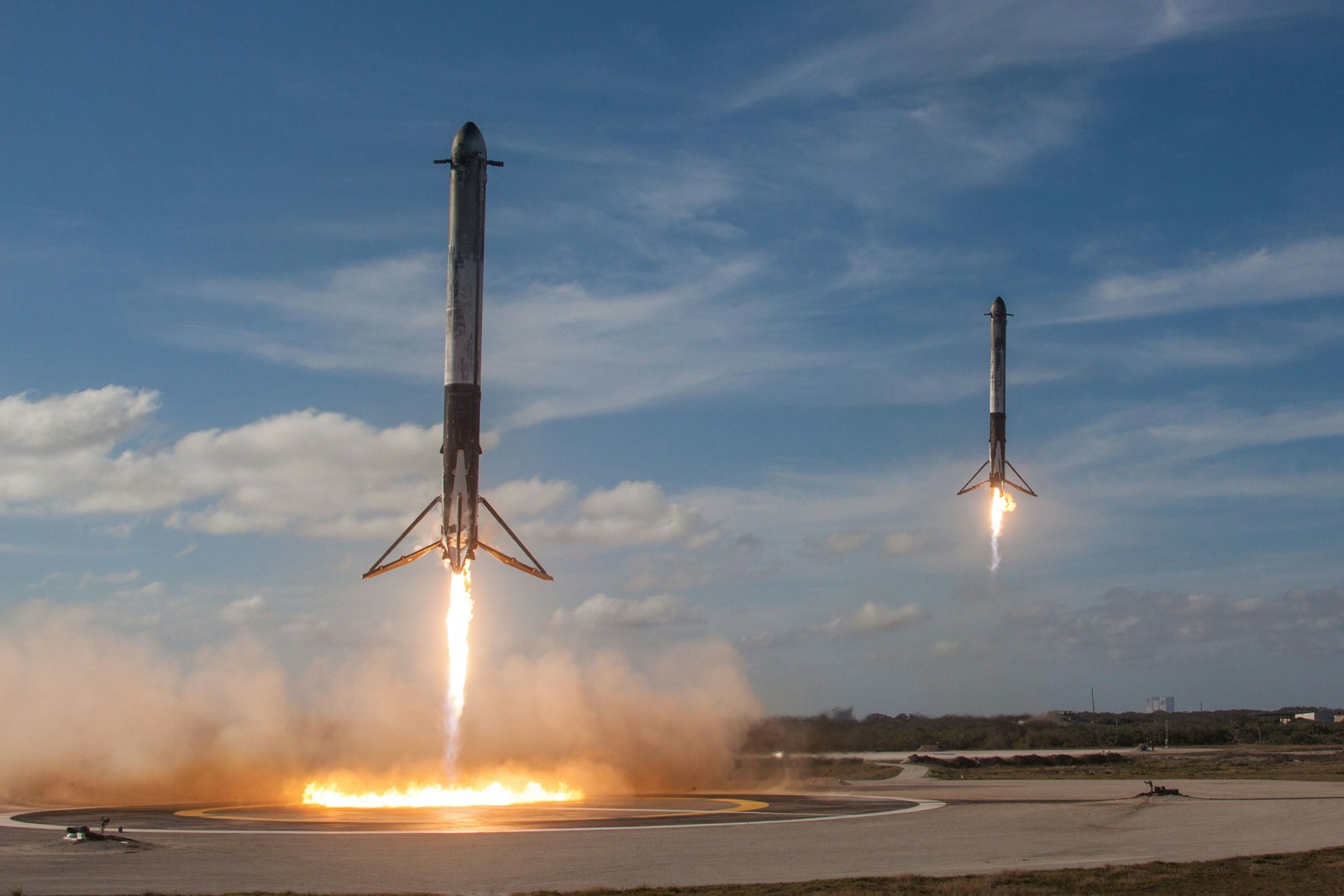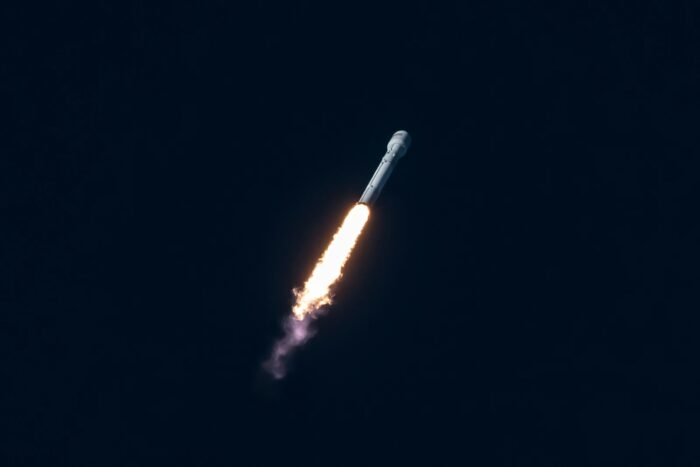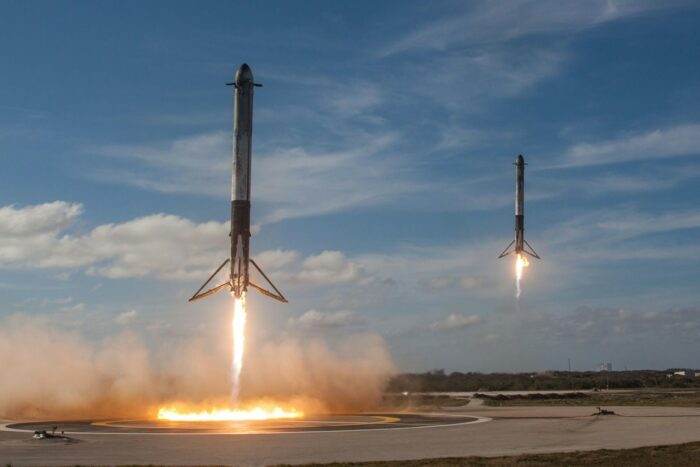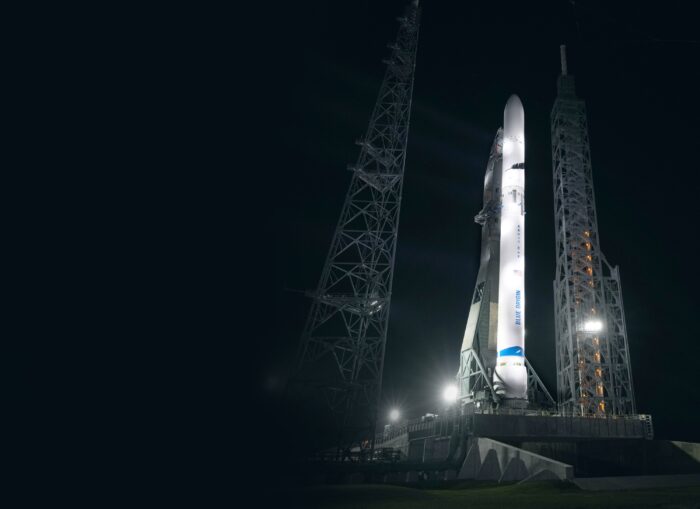According to an article published in The New York Times in late 2021, more than 600 people have now been to space. Of these, none has had what would be currently defined as a disability. However, this is due to change in the near future, especially if companies like AstroAccess have anything to do with it.
AstroAccess
AstroAccess’ project is dedicated to promoting disability inclusion in space exploration by paving the way for disabled astronauts. Launching scientists, veterans, students, athletes, and artists with disabilities on parabolic flights with the Zero Gravity Corporation (ZERO-G), as the first step in a progression toward flying a diverse range of people to space, the company runs its “AstroAccess Ambassadors” program. During these flights, participants experience weightlessness while carrying out lunar gravity, Martian gravity, and zero gravity observations and experiments investigating how the physical environment aboard space vessels should be modified so that all astronauts, regardless of disability on Earth, can live, work, and thrive in space.
AstroAccess Ambassadors participate in a parabolic flight and use their platform to act as public advocates for global disability access in STEM (Science, Technology, Engineering and Mathematics). This project is part of the SciAccess Initiative, an international organization dedicated to advancing disability inclusion in STEM.
Recent Flight
Recently, KPRC-2, part of KPRC-TV — a television station in Houston, Texas, affiliated with NBC — ran a report about AstroAccess and the fourteen astronauts with disabilities onboard a flight which coincided with the 50th anniversary of the Apollo 17 mission, pushing the boundaries of spaceflight while helping to advance disability research.
It was a special occasion for the crew and a giant leap towards inclusion in the space industry.
The 14
The fourteen disabled crew members departed on a flight from Ellington airport and conducted several experiments.
“If we can create accessibility in space, we can create it on Earth and that’s an inspiring thing,” said George Whitesides, Co-founder of AstroAccess.
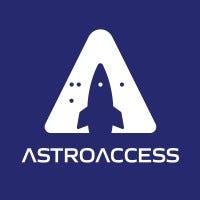
Mary Copper, one of the fourteen disabled crew members, expressed how exciting it was for them all on an individual level:
“For every single one of us the endorphins are flowing today,” she said.
During the flight, the crew members got to experience zero gravity while conducting several scientific demonstrations for people with mobility-, visual- and hearing impairments, all in the hope of redefining the requirements of being an astronaut.
“This is exciting. I’ve had a disability my entire life. I’ve wanted to go to space my entire life. I work in the space industry, so I’m very personally and viscerally connected to this and it’s an honour to be a part of this crew and this mission,” said Eric Ingram, another crew member.
The European Space Agency (ESA) has recently selected its first disabled astronaut, John McFall, who lost his right leg in a motorcycle accident. ESA is planning to send more people with disabilities into space in the future. However, the first person with a prosthetic to have flown to space was 29-year-old Hayley Arceneaux, crew member of SpaceX’s Inspiration4 team.
Initiatives like AstroAccess need to be applauded, as their efforts for inclusion in the space industry may change the sector forever in the coming years.
Featured image: Screenshot from KPRC-2’s “Non-profit working toward redefining who can be an astronaut”.
Share this article:

